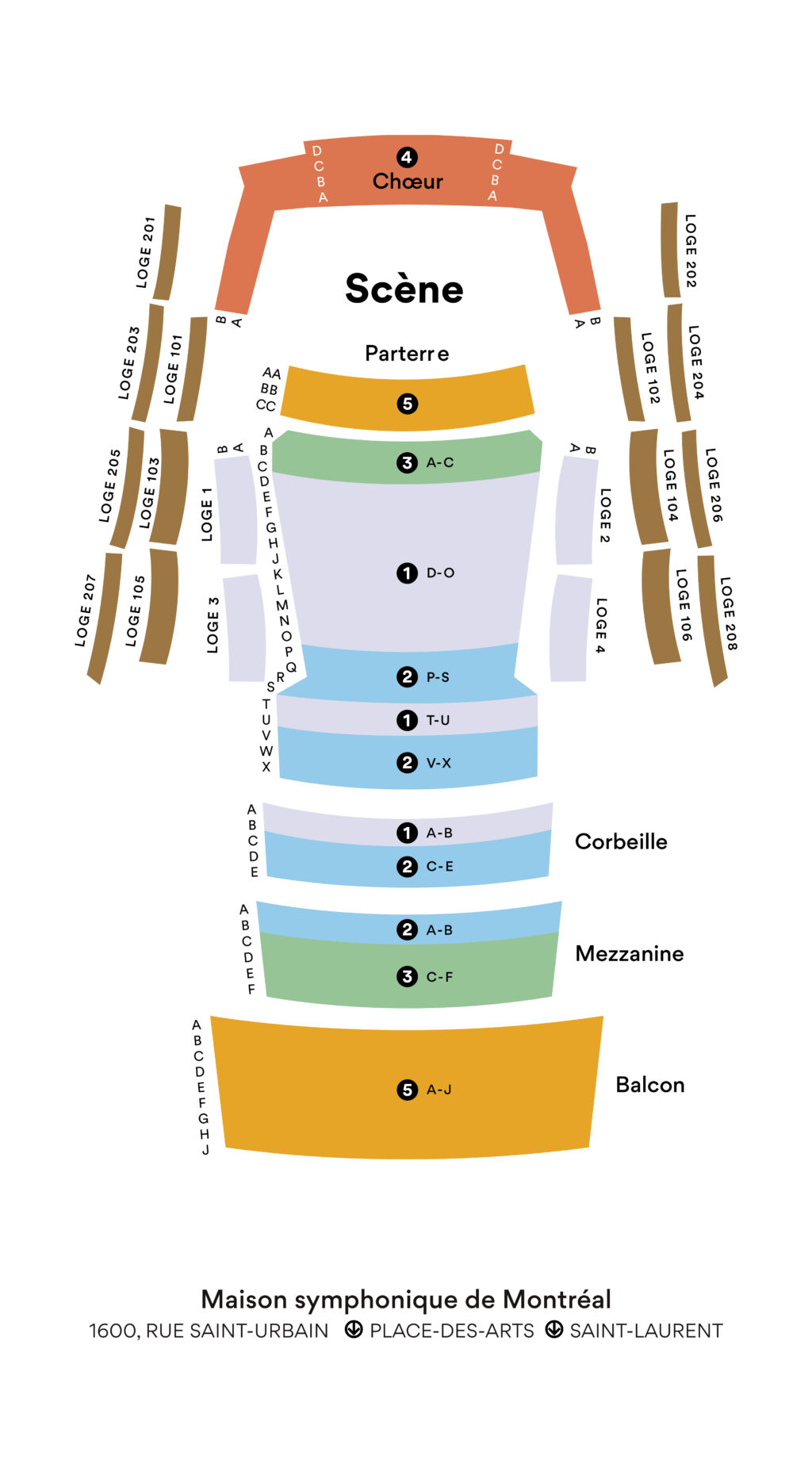Symphony No. 7, “Leningrad”
Chostakovich
1906 – 1975
Chostakovich’s symphonic work was at its apex during a tragic time in European history. Between Hitler’s rise to power in 1933 and the end of World War II in 1945, the Russian composer wrote no less than six symphonies despite particularly difficult circumstances.
Not only did the composer contend with the external pressures of advances from the German army, but he was also grappling with government censorship within the Soviet Union. In many ways, Symphony No. 7 was at once a refuge from the suffering of war and dictatorship, and an act of resistance.
“While composing this symphony, I thought about our people’s nobility, heroism, marvellous humanist ideas, human values, our splendid nature, humankind, beauty … I dedicate my Seventh Symphony to our struggle against fascism, to our coming victory over the enemy, to my native city, Leningrad.”
- Dmitri Chostakovich
The world premiere was held in Kuybyshev in March 1942, performed by the Bolshoi Theatre Orchestra, a few months after Shostakovich, his family and thousands of other citizens had to evacuate Leningrad because the city was under siege by Nazi forces. Performances followed in many other cities, with the most notable on August 9, in Leningrad.
The city was still under siege and surviving members of the Leningrad Radio Orchestra were starving, as was the audience. They had lost many colleagues since the beginning of the siege—they set up empty chairs in the orchestra in their honour—and had to recruit extras among Russian soldiers. For them, and the city, the concert was of utmost importance.
Shostakovich’s music became a psychological weapon. Not only did it boost the morale of Soviet troops and citizens of Leningrad, but it also undermined that of the German soldiers. The concert was broadcast from speakers pointing in the direction of enemy forces, making it one of the most significant artistic performances of World War II.
The Leningrad Symphony soon toured the world. Microfilms were sent to the West via truck and boat. After its London premiere, a number of American orchestras vied for the privilege of holding the US premiere. In the end, it took place in New York City on June 19, 1942. The next day, Shostakovich was on the front page of the famous magazine Time.
War and peace in music
The Leningrad Symphony starts with an energetic and rigorous theme—a march akin to a foreign invasion. Little by little, the music takes a somber turn and begins to sound like a funeral march.
The second movement is a sweet lyrical interlude and a break from the drama. The war-like ambiance gradually returns in the third movement, but in the words of musicologist André Lishké, the invading forces are now facing the people in battle.
The triumphant last movement is a call to victory and open defiance of the enemy, even though the central section maintains its sombre quality.
“The majority of my symphonies are tombstones. Too many of our people died and were buried in places unknown to anyone, not even their relatives. It happened to many of my friends. Where do you put the tombstones for Meyerhold or Tukhachevsky? Only music can do that for them.”
- Dmitri Chostakovich
©Justin Bernard
